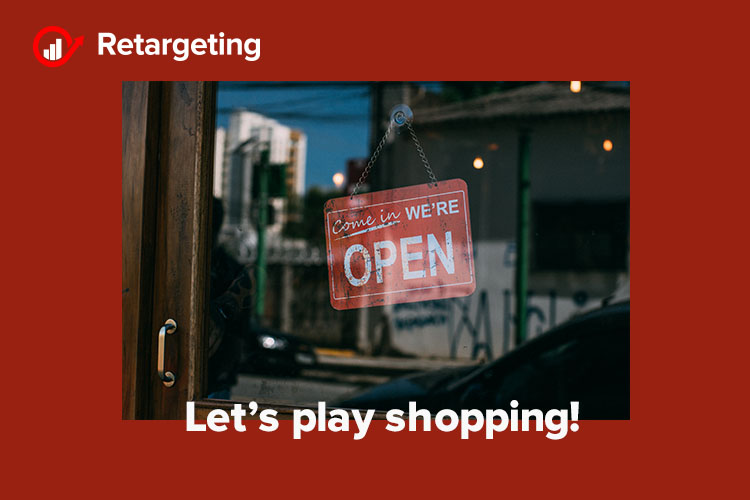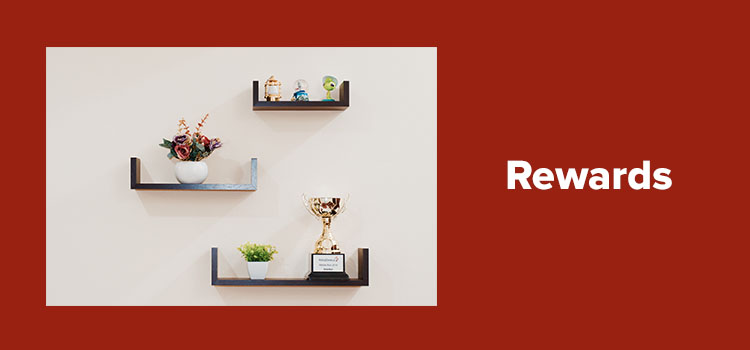By nature, humans are competitive. We’re hard-wired to want to win, and we’re motivated by reward, whether it’s monetary, physical, or simply bragging rights.
Gamification, the process of turning something into a game in order to motivate and encourage people, has been used for years in many different concepts. Here is how and why business owners should consider using it to help boost sales and engagement.
What does it mean?
Gamification is the application of game principles like challenges and rewards in non-game contexts like education and shopping. Using this concept it becomes easy to target, engage and convert your prospective buyers because of the human nature to compete, win and get fame.
Gamification can deliver rewards for retailers, whether it’s increasing loyalty, engaging new customers, creating a fun shopping environment, or driving sales. This type of shopping experience can also allow retailers to track and gain insights into their customers, test new products and promotions, and keep overall customer experience high.
Also, it can include making certain tasks feel like games in order to motivate people. For example, if a mother simply asked her kids to clean up their rooms, they might not be inclined to do so. However, if that mother turned the task into a game, such as seeing who could finish first, that becomes a game. The end result is the same, but completing the task becomes a lot more enjoyable.
How can it be used in e-commerce?
Gamification might seem like something that would appeal more to kids and teens, but ask any adult who has downloaded Candy Crush on their phones, and they’ll likely tell you it’s addictive and fun. The concept works in retail because it helps brands engage with their customers. Game mechanics also make shoppers believe that the more they shop, the more they stand to gain.
Gamification in retail isn’t a new concept. Loyalty programs and flash sales are just two examples, as are scratch cards, which creates a lottery-like feel by requiring customers to scratch a coupon to reveal their prize.
Rewards
People love being rewarded. Rewards are naturally part of retail because completing a purchase can already feel like a shopper is walking away with a prize. Build on customer engagement and brand loyalty by developing a tiered rewards program, where shoppers can perform certain actions to inch their way to a specific milestone.
For the more digitally inclined, retailers can opt for a virtual stamp card that allows customers to keep their card right on their smartphone.
Another style of a rewards program is by gaining loyalty points. Once a certain number of points have been earned, they can often be redeemed for discounts or virtual cash to spend at the store.
A reward might also come in the form of VIP status. This VIP status felt exclusive and encouraged loyal shoppers to maintain their status.
Augmented reality
When it comes to online stores, placing a progression bar somewhere on your website so customers can see how close they are to completing their order or receiving their reward, is a type of gamification.
Advancements in tech have also created new gamification opportunities for retails. Augmented reality can heighten the changing room experience at clothing stores, enabling shoppers to see an outfit from different angles and in different lighting so they’re more confident in their purchase.
Virtual reality also provides experiential insights. Augmented and virtual reality are most commonly associated with the video gaming world, but its integration into retail enables shoppers to gain new and unique experiences like never before.


